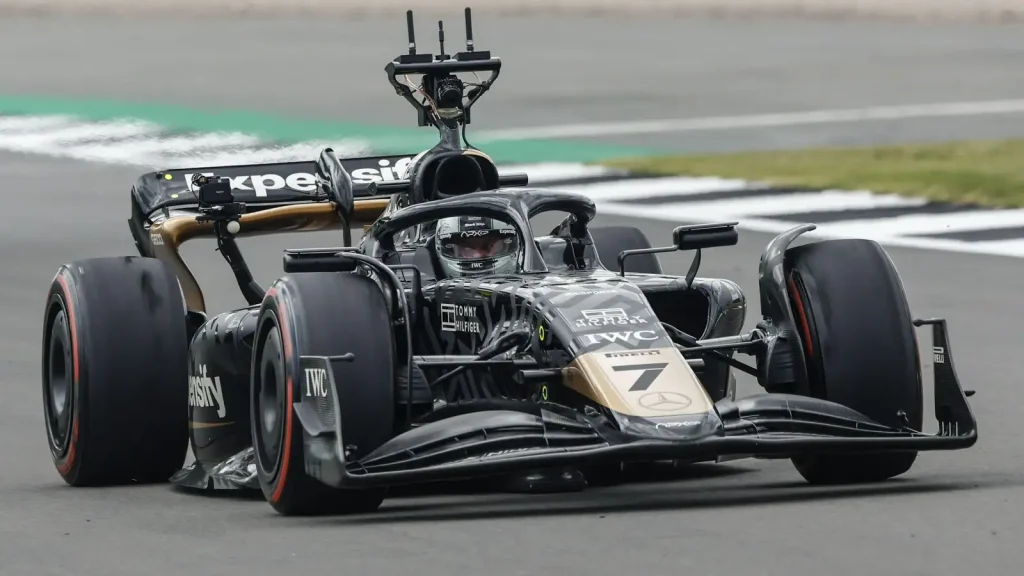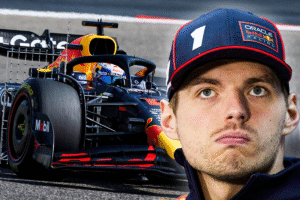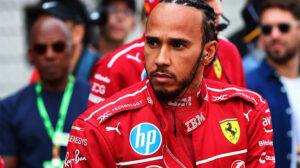The smart Apex GP innovation that F1 teams could steal…Read

The smart Apex GP innovation that F1 teams could steal
The highly anticipated Formula 1 film starring Brad Pitt and produced with input from seven-time world champion Lewis Hamilton is set to release in late June 2025.
While fans await the theatrical debut, the movie is already making waves in the F1 paddock due to its innovative approach to capturing the essence of the sport.
To achieve unparalleled authenticity, the film crew has been present at numerous F1 race weekends over the past few seasons.
This extensive access has allowed them to create captivating storylines while exposing teams to groundbreaking technology used during filming.
One such innovation—the use of an electric car for pit stop simulations—has caught the attention of several F1 teams, potentially sparking future changes within the sport.
A New Approach to Pit Stop Practice
During an interview with Sky Sports F1 at the end of the 2024 season, Brad Pitt showcased the advanced technology used for the movie, starting with the cars built by Mecachrome in 2023.
The production team utilized four race-ready cars for filming, an additional car for visual purposes, and a sixth electric car specifically designed for pit stop practice.
“We’ve got a fifth one just for looks and a sixth one that’s an electric car we’re using for pit stops,” Pitt explained.
This electric pit stop car, which simulates the movements of a live race car, has intrigued teams.
Currently, pit stop practice involves pushing a non-operational car forward manually.
By incorporating electrification—possibly through an auxiliary battery—teams could reduce manual labor while enhancing realism during practice.
“It’s been interesting,” Pitt said. “Teams always push the cars into position for practice.
They’re now talking about adopting an electric car for those kinds of practices. That’s been really cool.”
Such a development could not only streamline pit stop rehearsals but also contribute to F1’s sustainability efforts by using clean energy.
Setting New Standards for Racing Films
The F1 movie, directed by Joe Kosinski, aims to revolutionize motorsport films by integrating the actors directly into the racing environment.
Kosinski’s vision was to capture authenticity by embedding the cast within real race weekends.
“Our goal was to make the most authentic racing film to date,” Pitt told Sky Sports F1. “And I think we’ve done it. I dare say, I think we’ve done it.”
One of the standout features of the production is the advanced camera setup on the cars.
Each Mecachrome car is equipped with three cameras, including a 4K camera mounted on the halo—the protective structure above the cockpit.
While this camera delivers spectacular visuals, it presents significant challenges for the drivers.
“The 4K halo camera is tricky because it blocks your view of the turning points,” Pitt shared.
He demonstrated the limited visibility it provides, explaining that drivers must rely on narrow slivers of space to gauge their approach.
“Even Lewis [Hamilton] looked at it and went, ‘Oh, my!’” Pitt added.
The heavier Mecachrome car, weighing approximately 300 kilograms more than a Formula 2 car, adds to the challenge.
Despite these hurdles, Pitt expressed admiration for the vehicle, referring to it fondly as “her.”
A Film with Lasting Impact
The F1 movie, set to hit international theaters on June 25, 2025, and release in the U.S. and Canada on June 27, has already demonstrated its potential to influence the sport.
From pioneering technology to immersive storytelling, the film is shaping up to be a groundbreaking entry in motorsport cinema.
As excitement builds, both fans and industry insiders are eager to see how this blend of Hollywood and high-speed racing will resonate—not just on screen, but within the evolving landscape of Formula 1.






